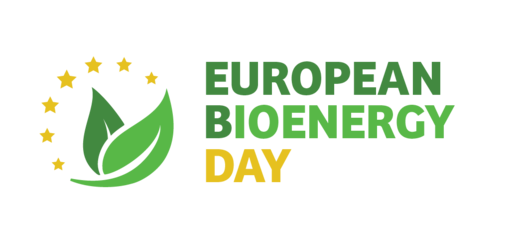Did you know that a farm can be operated in a way that actually extracts CO2 from the atmosphere instead of causing it? Let us introduce you to the “Haslachhof farm” in Germany! The farm is operated by Wolfram Wiggert who combines smart choices in crops with energy from biomass and eco-friendly measures that involves the local stakeholders.
In 2003, Wiggert converted his farm to sustainable operation and thus had to face new challenges. In order to implement the shift to ecological farming, he had to include alfalfa-clover-grass in the crop rotation of his farm located in Löffingen, Germany. Since this plant mix does not yield sufficient revenues, Wiggert searched for solutions that matched his ecological approach to farming. The construction of the biogas plant was the logical consequence for the “Haslachhof farm” in 2006. Not only did it fit into the sustainable concept of his farm, it also extended it by producing organic fertiliser for the entire farm from the digestate. Thereby, a closed cycle economy was achieved in which the building of humus and storing of CO2 is enabled with a humus content of 4-8% on the arable land. Next to electricity, the biogas plant produces heat that is used 100% year round. While in summer the local heating network is fed with approx. 400 kW, the demand is higher in winter, so that the biogas plant is run according to the seasons. The plant with a rated output of 500 kW has been expanded in two steps to 2,500 kW. 70% of the input consists of alfalfa-clover-grass and cattle dung from the farm. The aim is to increase the input of these substrates to 100%. In total, the CO2 balance of our biogas plant is even positive with -16g CO2 per kWhel!
Included in this outstanding integral concept centered around the biogas plant, Wiggert is running a wood energy plant of about 500kW that is fed with wood chips stemming from regional forestry residues. Moreover, Wiggert has recently started to introduce what might be translated to “blossom sponsorships”. The idea is to have local enterprises sponsor areas on the farm where flowers are planted that not only provide a habitat for insects and small animals, but also help the soil recover and rebuild humus. While this project is implemented on a small part of his land, it is the overall goal of the “Haslachhof farm” to achieve an operation that aims to increase biodiversity on large scale, such as introducing blooming shares in the alfalfa-clover-grass part of the crop rotation.
For his efforts and achievements with regard to sustainability, Wiggert won the CeresAward “Energy farmer of the year 2019”. Right on!
Photos copyright of Timo Jaworr/Wolfram Wiggert.


